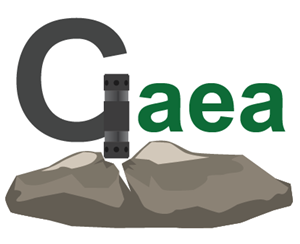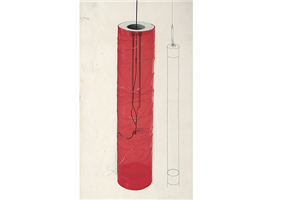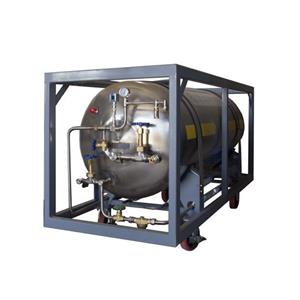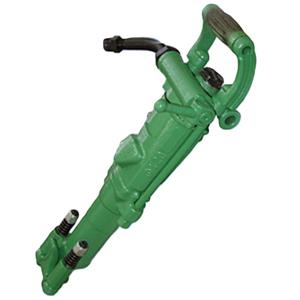Safety risk control of engineering blasting operations
The following are comprehensive requirements for safety risk control throughout the blasting operation, covering the three stages before, during and after blasting, and refining safety measures for open-air, underground, coastal defense, river channels, blind guns and other scenes, in line with the national "Safety Regulations for Blasting" (GB 6722) and relevant laws and regulations:
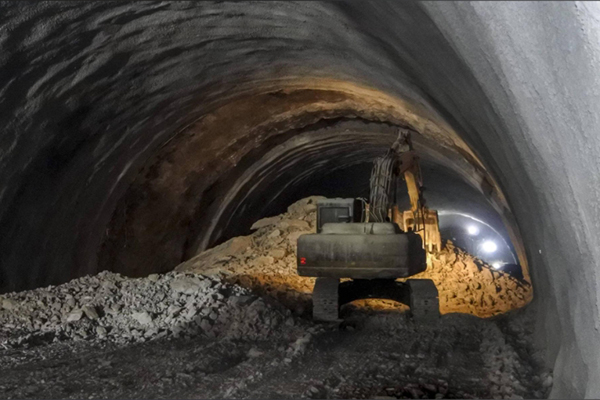
I. General safety requirements
1. Qualifications and personnel
The operating unit must hold a "Blasting Operation Unit Permit", and blasters, safety officers, and custodians must hold certificates to work.
Regular safety training is carried out, and only after passing the assessment can the operation be carried out.
2. Blasting design
The blasting design plan is prepared by a registered blasting engineer, reviewed by experts and submitted to the public security agency for approval.
The design must specify parameters such as charge quantity, detonation network, warning range, and safety distance.
3. Emergency plan
Develop a special emergency plan, equip first aid equipment, and conduct emergency drills.
II. Phased safety control measures
(I) Preparation before blasting
1. On-site investigation
Inspect the rock structure and surrounding environment (buildings, pipelines, underground facilities, etc.), and evaluate the impact of vibration, flying rocks, and shock waves.
Underground blasting requires detection of risks such as gas, mine dust, and water gushing.
2. Equipment management
Explosives and detonators are stored in separate warehouses and are kept and registered by a dedicated person; explosion-proof transportation vehicles are used.
Inspect the integrity of the equipment and prohibit the use of expired, damp, and deformed equipment.
3. Hole position acceptance
Check whether the position, depth, and spacing of the blast-holes meet the design, and clean up the water and gravel in the holes.
4. Warning arrangement
Establish a warning line (≥200 meters, adjusted according to the design, set up warning signs and sentries; evacuate personnel and livestock.
Coastal defense/river blasting: notify the maritime department, issue navigation warnings, and clear ships in the operating waters.
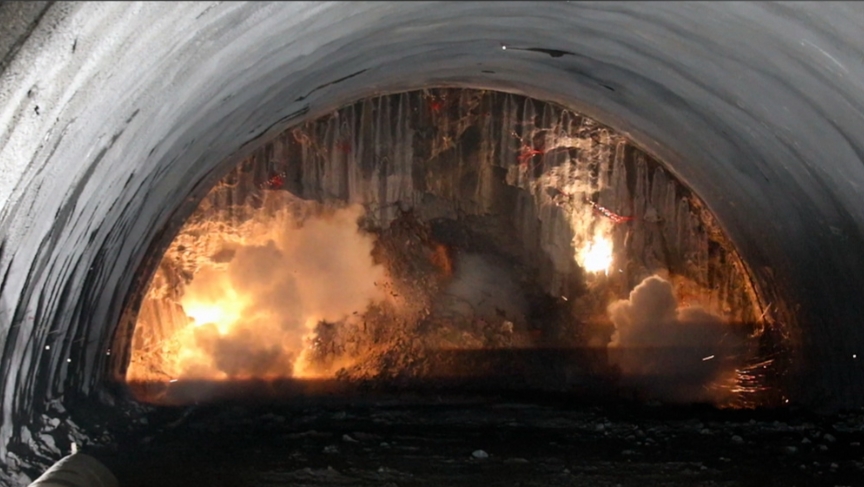
(II) Control during blasting
1. Charging and filling
Use wooden gun sticks to charge, and it is strictly forbidden to tamp hard; the filling length of the blast hole is ≥1.2 times the minimum resistance line, and it is densely filled with clay or sand.
Underwater blasting: Use waterproof explosives to ensure the insulation of the detonation line; avoid river blasting during the flood season.
2. Detonation network
Use a double set of detonation networks or compound detonating cords, and the detonator section is accurate; detect the resistance after the network is connected, and the error is ≤±5%.
Underground blasting: Use anti-static detonators, and open flame detonation is prohibited.
3. Confirmation before detonation
After the safety officer verifies that the warning is in place and the personnel have evacuated, he will issue three warning signals (whistle/broadcast).
4. Detonation operation
The blaster shall perform the operation and record the detonation time; the operation shall be terminated immediately in case of severe weather such as thunderstorm, rainstorm, etc.
(III) Post-blasting treatment
1. Post-blasting inspection
Wait for ≥5 minutes (open air) or ≥15~30 minutes (underground/toxic gas environment) before entering the site.
Check the stability of the slope, the support of the roof, and the concentration of harmful gases (forced ventilation is required underground).
2. Blind shot treatment
Report the blind shot immediately upon discovery, and the technical person in charge shall formulate a treatment plan:
Open air: drill parallel holes ≥30cm away from the side and charge and detonate;
Underground: withdraw the equipment and use high-pressure water flushing or detonation induction method;
It is strictly forbidden to dig or pull the detonating cord.
3. Lifting the alert
After confirming that there is no risk of blind shot or landslide, the safety officer shall issue a lifting signal.
4. Explosion slag cleaning
After the river/sea defense blasting, clear the floating objects in time to avoid blocking the waterway.
